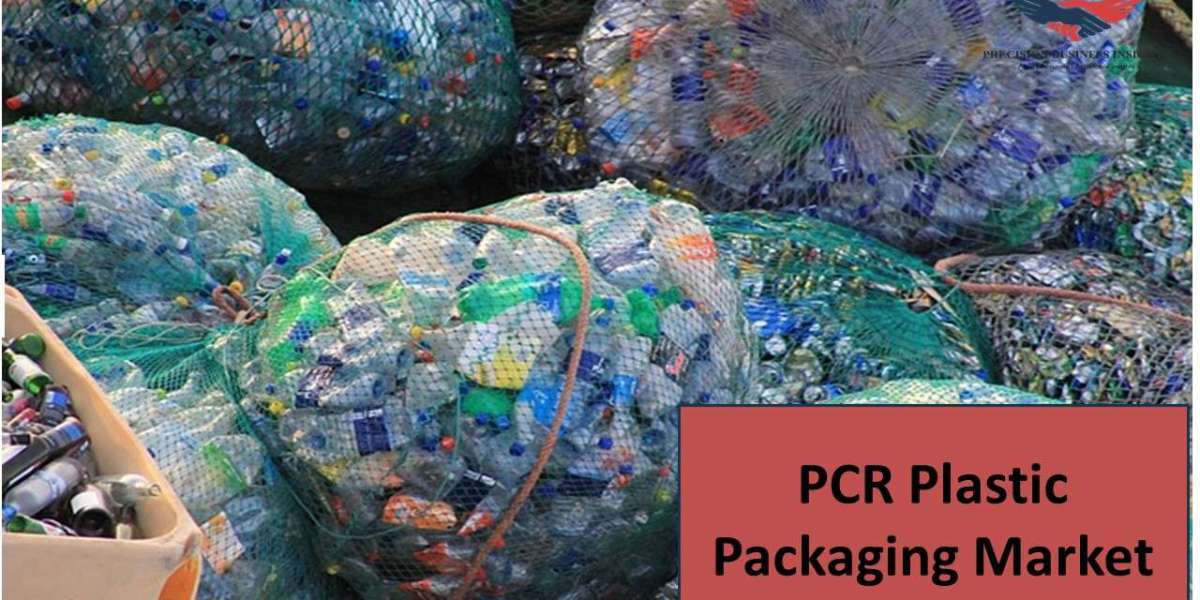Fuel cells need a constant supply of fuel and an oxidizing agent to maintain the processes that produce energy. As a result, these cells can continuously produce electricity unless the fuel and oxygen supplies are turned off.
An increase in the demand for portable electronics, government restrictions aimed at lowering pollution levels, and improved fuel cell efficiency are factors that drive the market. Additionally, according to a research report by Astute Analytica, the Global Fuel Cell Market is likely to increase at a compound annual growth rate (CAGR) of 27.4% over the projection period from 2023 to 2031.
Here are the five innovative applications of fuel cell technology:
Ferries in the marine sector: Large amounts of petroleum are needed for the ferry system, which transports people and cars across the sea. Modern technology is making it possible to construct bigger fuel cells that can even power ferries and other huge vessels. Ferries can add more hydrogen to the system multiple times a day, making them an excellent choice for the first batch of larger fuel cells.
Unmanned Arial Vehicles (UAVs): Numerous new uses for unmanned aerial vehicles (UAVs) or drones, such as package delivery and search and rescue missions, are severely constrained by the range and power offered by conventional batteries. With hydrogen fuel cells that have up to three times the range of battery-based systems, the military and the commercial sector have overcome these obstacles. In addition, fuel cells may be refuel in a matter of minutes and have a greater energy-to-mass ratio.
Transportation: Fuel cells are becoming more and more common in daily commutes and travel, whether by bus, train, private automobile, or aircraft. Transportation is changing, and hydrogen fuel is leading the global sprint to clean energy because of its rapid refueling, cost-effectiveness, and reduced emissions.
Warehouse logistics: Hydrogen fuel cells are being used by dozens of businesses with sizable storage and delivery requirements to power clean trucks, pallet jacks, forklifts, and similar equipment. As a result, this moves to adopt the use of hydrogen not only reduces the logistics industry's carbon footprint but also improves worker indoor air quality and productivity.
Utility vehicles: Equipment capable of operating both indoors and outdoors that runs on hydrogen fuel cells includes unmanned vehicles, airport movers, and utility vehicles like forklifts. A fuel cell's greater working range and reduced maintenance requirements can be achieved by replacing a lead-acid battery. Several major plants that use thousands of trucks have already made the move because fuel cell technology requires less maintenance.
Download Research Report Sample TOC :-https://www.astuteanalytica.com/request-sample/fuel-cell-market
Conclusion:
The global fuel cell market appears to have a promising future. The fuel cell ecosystem will shift in the upcoming years due to several causes. Adoption will soar, fuel cell stacks will become more affordable, and scientific advancements will boost their efficiency. Significant progress will also be made in the integration of green power systems, innovation in the manufacturing of hydrogen, and increased government spending. The core of the global renewable energy grid will be fuel cells in ten years.








